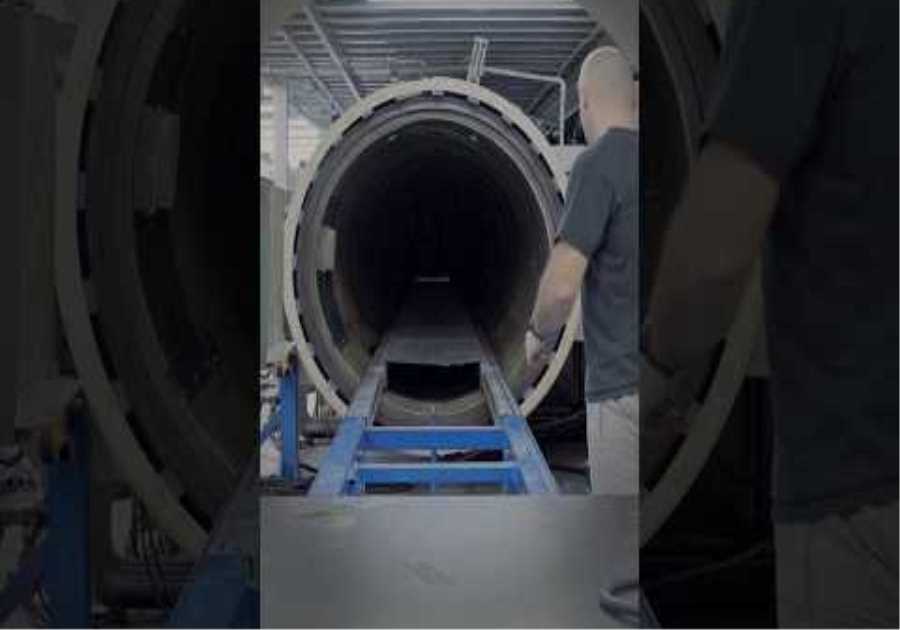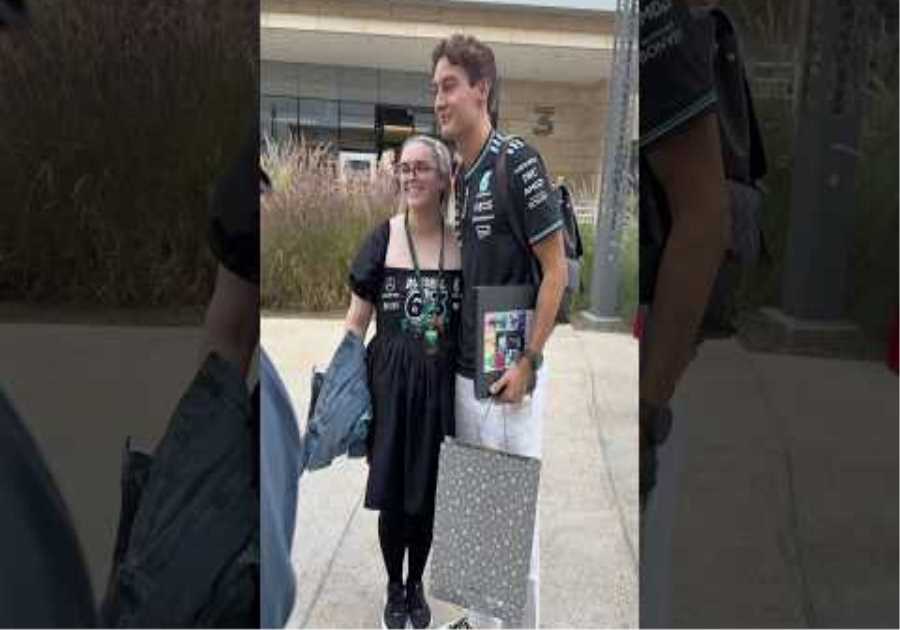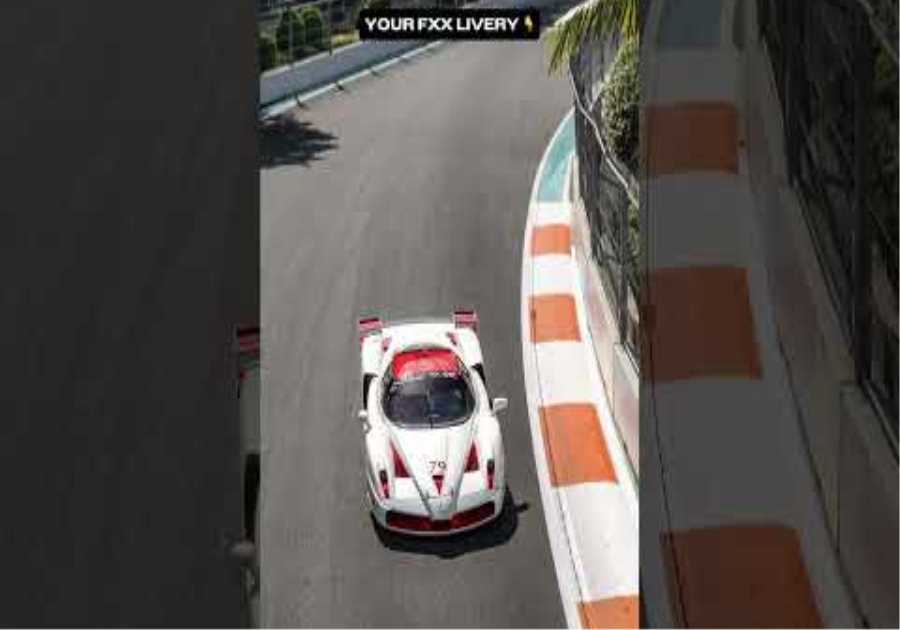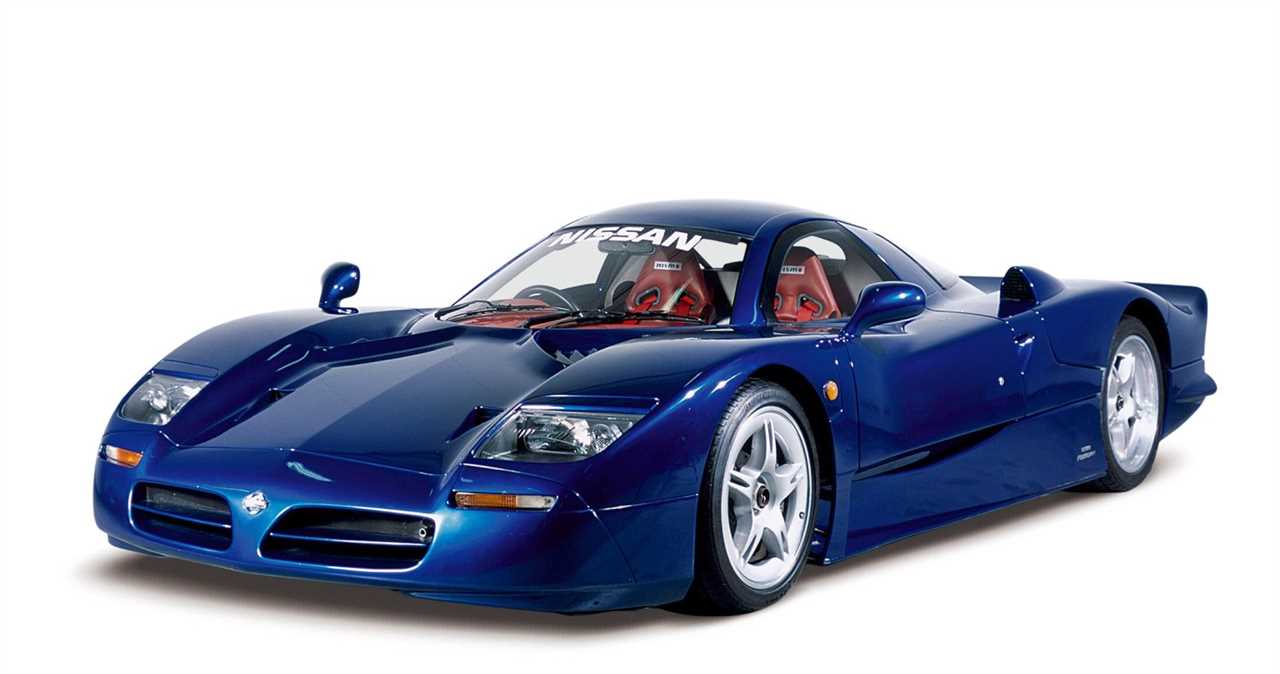
The 90s was a cool phase, as automakers were diving in to make not just the most powerful machines, but the most innovative ones too. Racing was the rage and the Nissan R390 supercar proves that car-makers would go to any extent to make a mark on the track. This was a time when “money was no bar” for the development of new cars.
Otherwise, we would never have gotten the likes of gold-lines McLaren F1 and the insane yet short-lived likes of Jaguar XJ220 and Bugatti EB110. Hell, even Yamaha almost built an F1 car for the road. yup! The 90s was that wild. And during this time, Porsche did a cheeky move in endurance racing by exploiting a loosely written rule. The regulations stated that the race car must be based on a model that can be driven on public roads.
But Porsche flipped the table over and built a race-car first, and then a road car based on it. This was the Porsche 911 GT1. The competition was furious as it made their cars look like puppies, but as it wasn’t a violation of any rule, Porsche was left untouched. Soon after, everyone else followed suit, or more rightfully were forced to, as the Porsche was just too ahead. Nissan also decided to retire its Skyline GT-R-based race car and build an all-new race car. And that’s how the extremely rare R390 was born.
Porsche 911 GT1 is the reason why the Nissan R390 GT1 road car exists in the first place.
One-Of-One Road-Car Built For Homologation Purpose
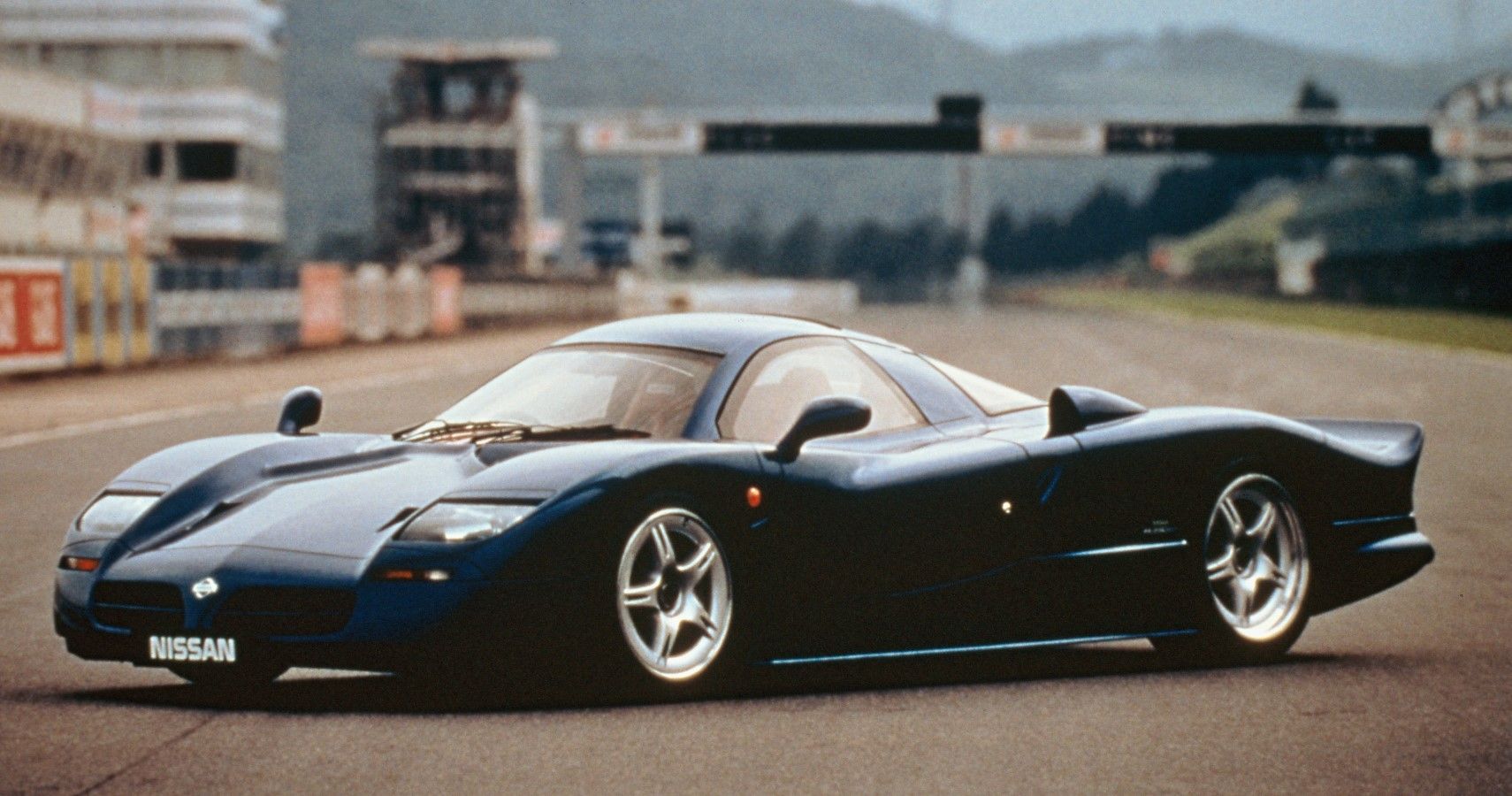
While the majority of the competition was following suit and making a race car and then a road car. Nissan couldn’t go against ethics. So, they built a road-legal R390 GT1 first. The name was a throwback to the Nissan R380, a racing car from the 1960s. And the development of this car was truly a celebration with various famous engineers and designers coming in from around the world.
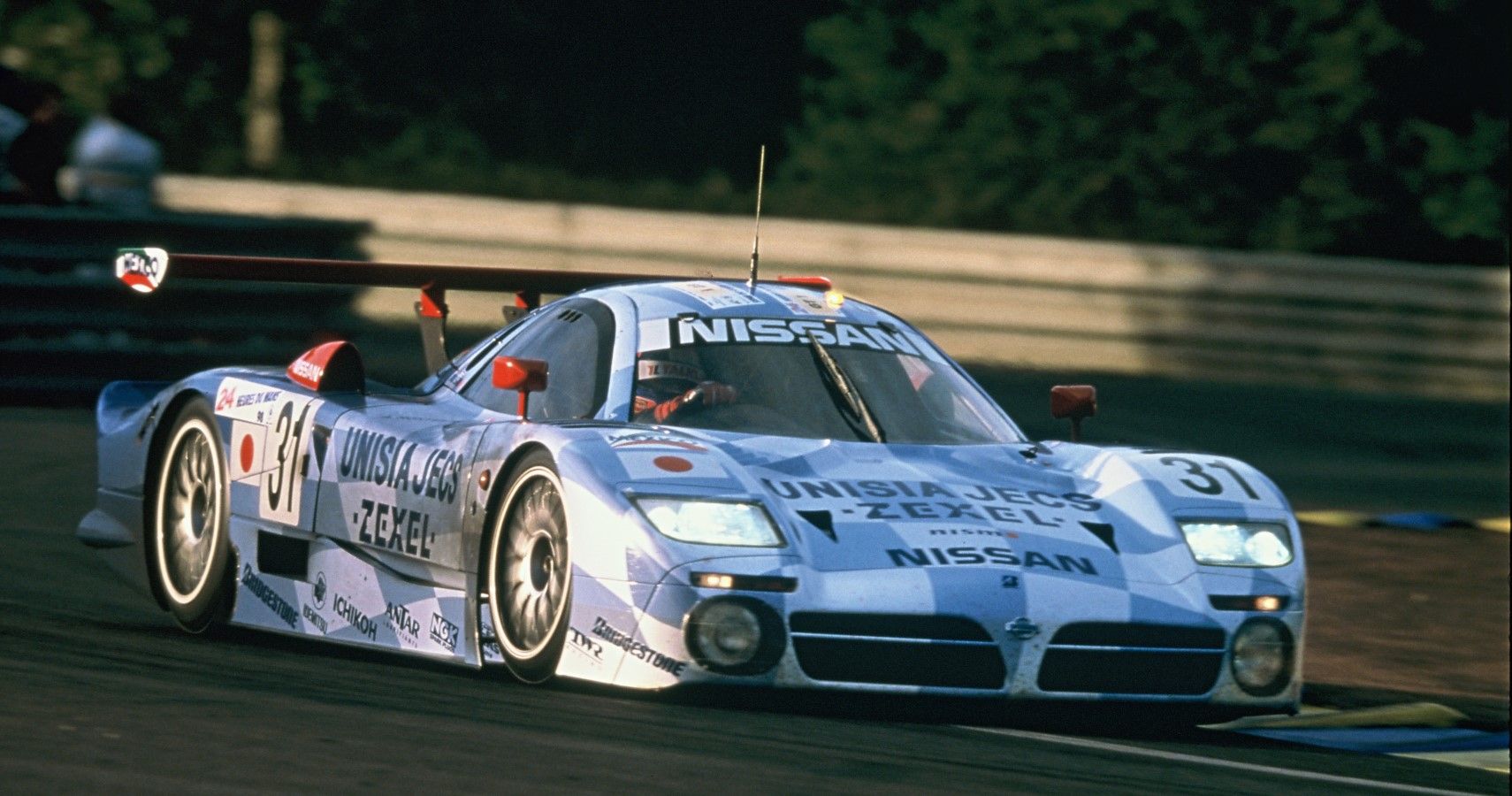
After the creation of the road car, Nissan even put up the R390 for sale for a staggering $1 million. But it was never intended to be sold off and rightly ended up being showcased at Nissan’s DNA Garage in Japan. Also, unlike Porsche and Mercedes-Benz, Nissan wasn’t much interested in racing the R390 in GT1 races, but they were eyeing the 24 Hrs of Le Mans.
The Only Road-Legal Mid-Engined V8 Nissan Ever Made
_engine_room_2015_Nissan_Global_Headquarters_Gallery-Morio--via-wikimedia-org.jpg)
The Nissan R390 was co-developed with Tom Walkinshaw Racing (TWR). This racing firm was behind the development of iconic Jaguars like the XJR-S and even the XJ220. Tony Southgate, who also helped in the development of the iconic Ford RS200 Group B rally, led the development of the R390. The engine choice was a huge turning point for the project.
Nissan wanted to retire the 2.6-liter inline-6 from the Godzilla, as it was heavy and outdated in racing terms at the time. So, TWR and Nissan finally decided to go with a V8 engine. They used a 3.5-litre VRH engine from the Nissan R89C Group C race car as the base. This twin-turbo aluminum unit was tweaked to be rear mid-mounted and churned out 641 hp @ 6,800 rpm.

It was coupled to a six-speed sequential manual gearbox and sent power to the rear wheels. The road-going car had a detuned version of this engine, with 550 hp (still pretty wild for the time). It was capable of doing 0-60 mph in 3.9 seconds and had a top speed of 220 mph. This made it the third-fastest car in the world at the time, behind the McLaren F1 and the TVR Speed 12. It was also slightly heavier than the race car at 2,420 pounds.
So, this V8 engine is still in use. McLaren bought the rights from TWR to use the same engine that the R390 packed. It was bumped to 3.8 liters and renamed M838T and used in the McLaren MP4-12C. Iterations of this engine are still used in the McLaren 570S and 540C.
Nissan R390 And Jaguar XJR-15 Are Cousins
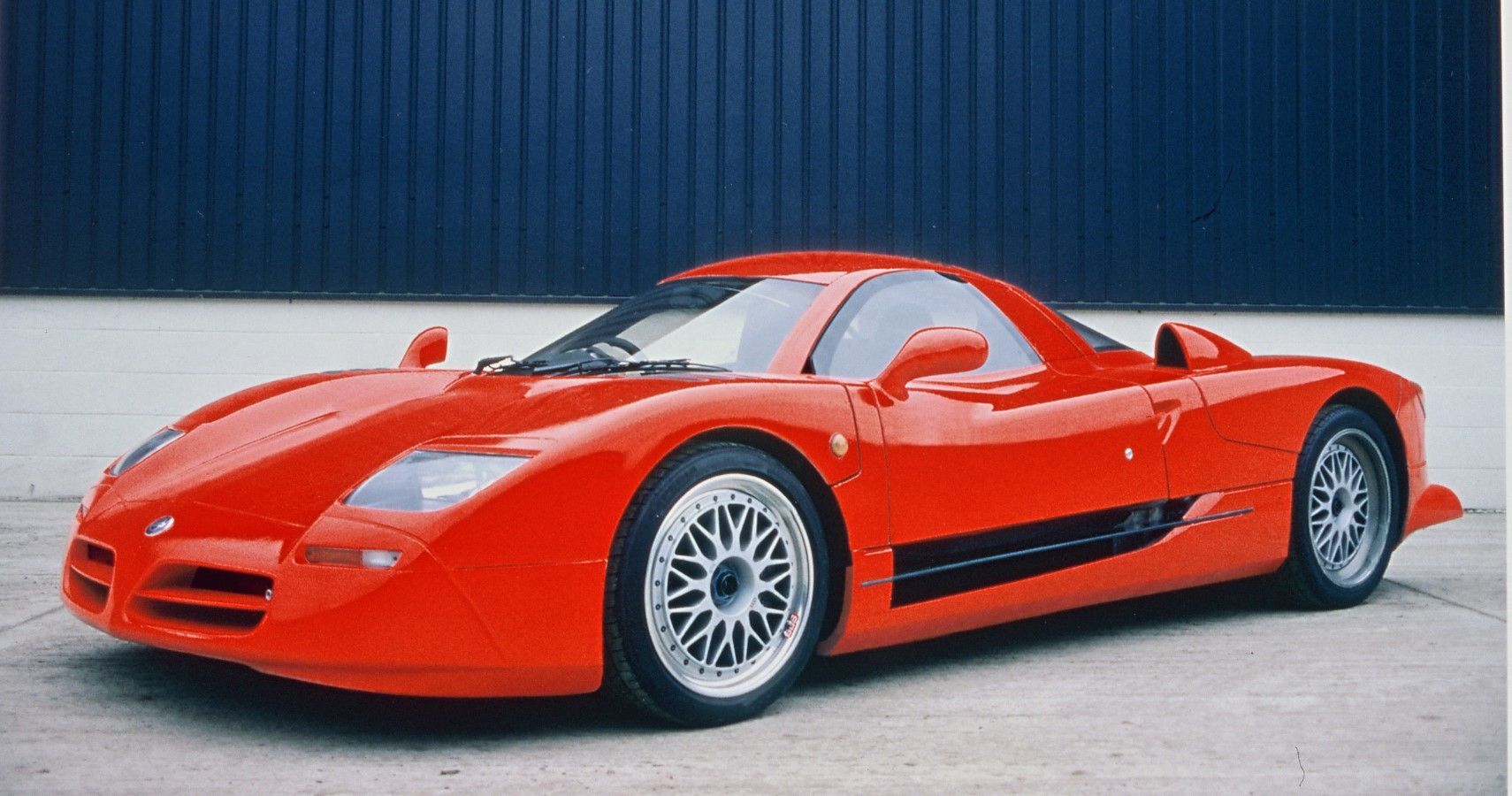
A little known fact is that the Nissan R390 shared a bunch of its underpinnings with the Jaguar XJR-15, which was in turn based on the Jaguar XJR-9 Group C racecar. It wasn’t a surprise, since TWR was a long-term associate for Jaguar as well. Inspirations can come to form anywhere, aye! The R390 uses Jaguar XJR-15’s cockpit structure, tub, and roof structure. Even the chassis was shared, but major modifications were done to lower, widen, and shorter it as compared to the Jag.
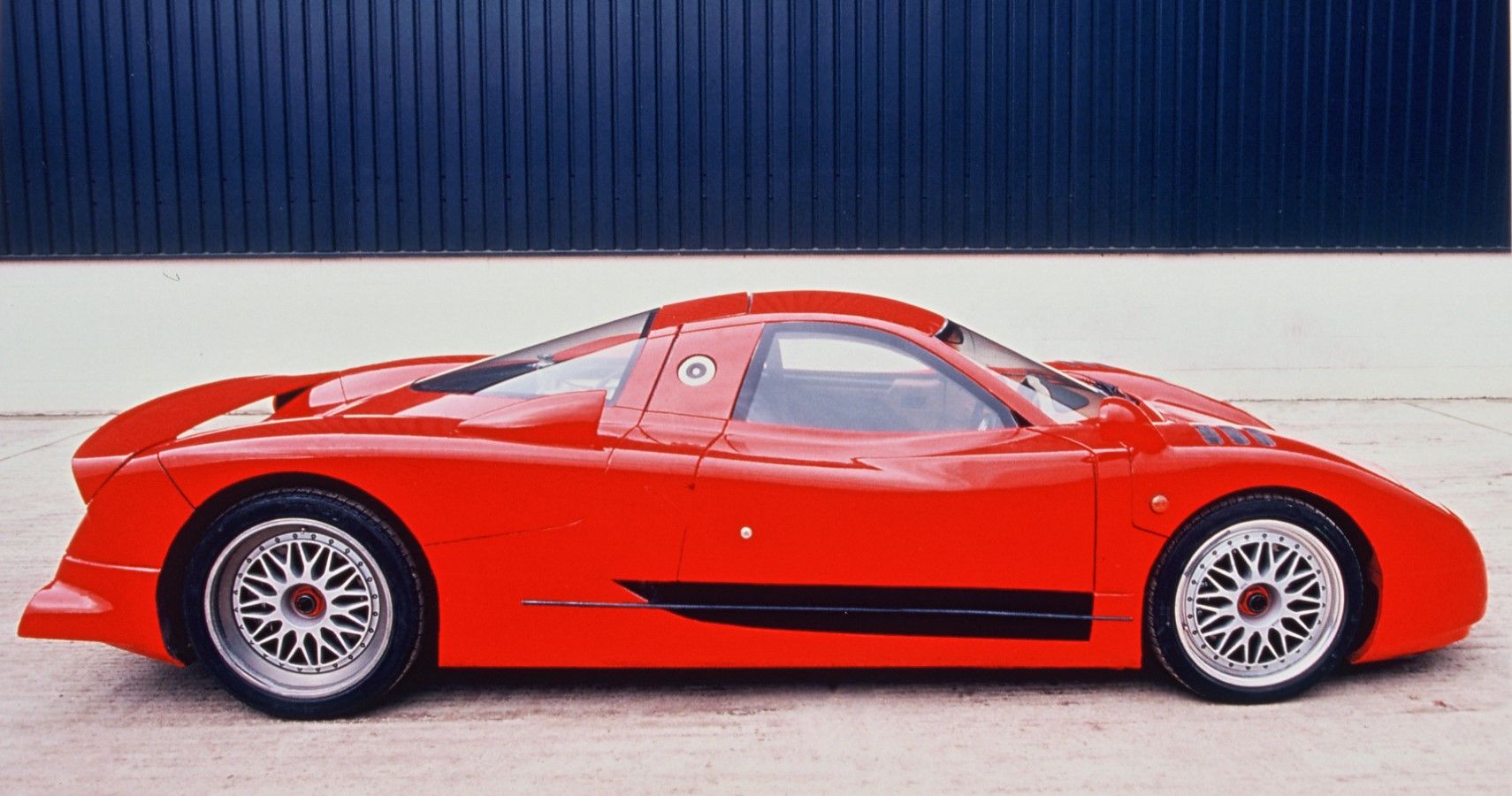
The exterior design was done by Ian Callum who designed icons like the Aston Martin DB7 and Ford Escort Cosworth. Aerodynamics was given ample importance, because duh, racecar! And as it was mandatory to add mass-produced parts to the car, Nissan went the hilarious route. The headlights used in the R390 are straight off the Nissan 300ZX. The interior of the road car was laden with comfortable leather, but had the same layout as the race car.
First Red And Now Blue And Long
_rear-left_2015_Nissan_Global_Headquarters_Gallery-Morio-via-wikimedia-org.jpg)
There is a lot of confusion on the internet regarding the “one-off” status of the Nissan R390 GT1. We are, once-and-for-all, putting that doubt to rest, as the curator of Nissan’s DNA Garage himself mentioned that there is only one road-legal R390 GT1. The road car was initially painted red (in 1997), and given the registration number “P835 GUD”.
It was also displayed at the 1997 24 Hrs of Le Mans race. In 1998, the rear end was worked upon and given a longer tail and a new ducktail spoiler. The front fascia was also refreshed. It was also given a fake registration “R390 NIS” for photoshoots. And now, it is displayed valiantly at the Nissan Global Headquarters.
Sources: Global.nissannews.com, Nissan-global.com, Gtspirit.com, Supercarnostalgia.com, Topspeed.com
Light Up The Night With These JDM Sports Cars
readnext
About The Author
Tijo Tenson
(555 Articles Published)
Tijo is an engineer, mechanic, gamer, and an avid content creator. He is a grease-monkey who loves tinkering with automobiles every now and then, when not busy penning down his passion for them. He has always had a soft spot for JDM and is keen on diving deep in for anything that involves wheels and engines.
More From Tijo Tenson

